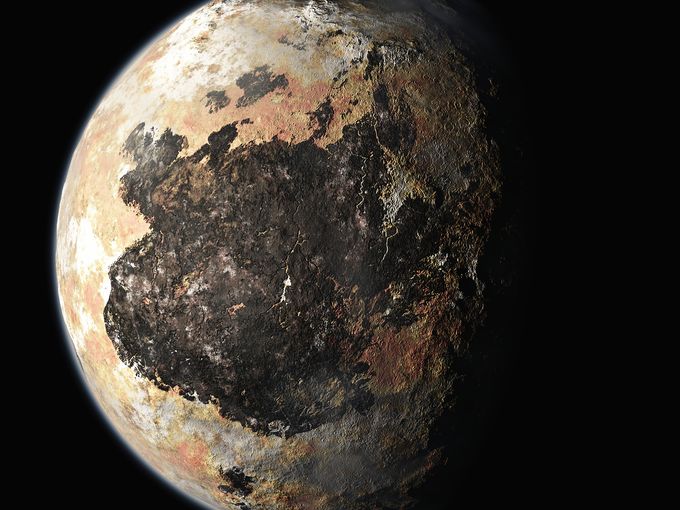This week has been a remarkable time for astronomy after NASA’s New Horizons spacecraft reached Pluto.
The spacecraft traveled 3 billion miles in order to capture high-definition photos of the former last planet in our solar system and its moons. These photos provided new insights into the mysterious Pluto that NASA scientists have long wondered about.

According to Alan Stern, principal investigator for NASA’s New Horizons spacecraft, “the steep topography means that the bedrock that makes those mountains must be made of H2O — of water ice,” said Stern. “We can be very sure that the water is there in great abundance.”

The photos also revealed that the dwarf planet did not have any craters even though it is in close proximity to the Kuiper Belt. This belt has many icy bodies that could have crashed into Pluto at some time or another.
“That lack of craters means the surface of Pluto is young, less than 100 million years old, the researchers said. That’s a small fraction of the age of the solar system — 4.5 billion years, ” reports Amanda Barnett for CNN.
As New Horizons flew by Pluto, it also captured images of Charon (Pluto’s largest moon) and four other smaller ones. The spacecraft is estimated to have about 20 years of power left, so there is more information to come.
Amazingly, the information gathered from the Pluto flyby will take 16 months to download by NASA.






















